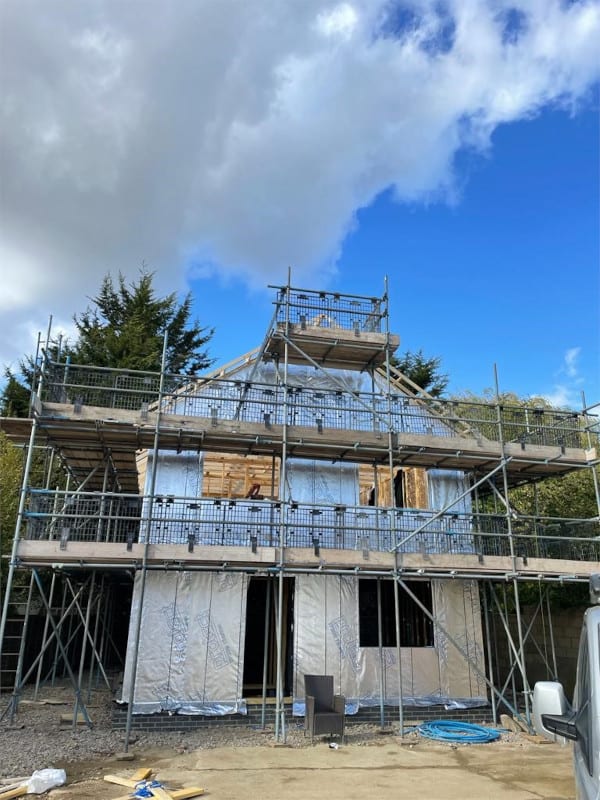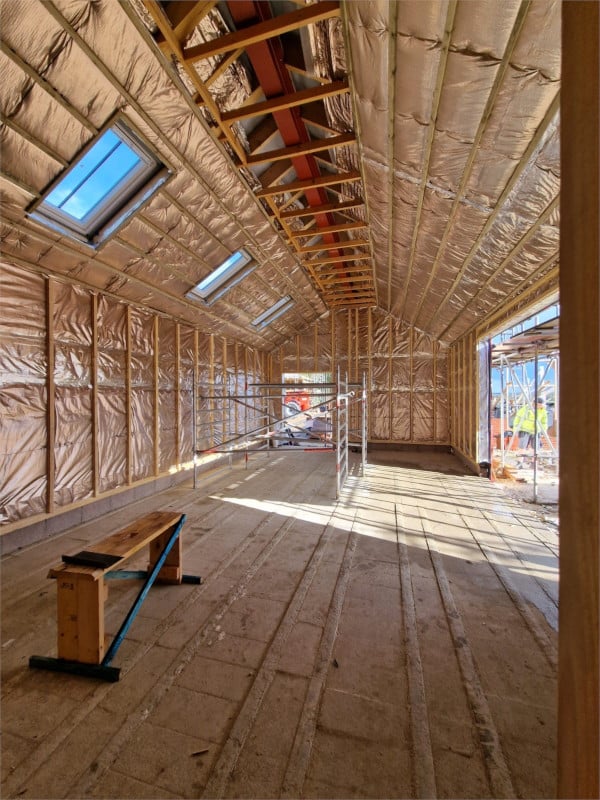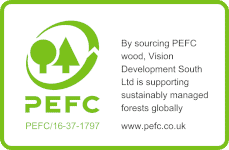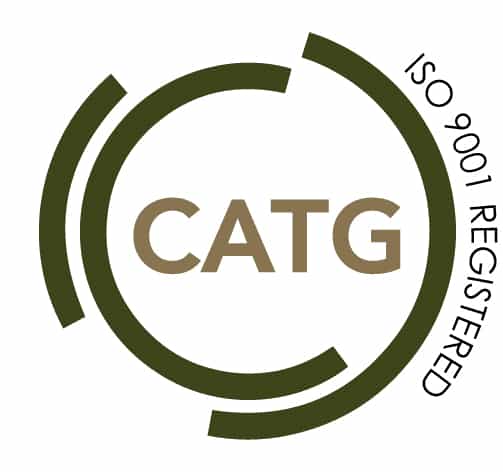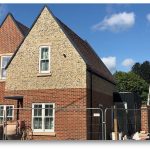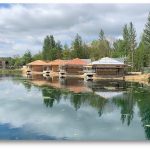Changes to Approved Document L Building Regulations
Earlier this year changes to ‘Conservation of fuel and power: Approved Document Part L Building Regulations’ came into effect as a way of progressing the Government’s goal of delivering zero carbon homes by 2050.
New homes are now to produce 31% less CO2 emissions with new standards to follow in 2025 further reducing the carbon emissions by 75-80%.
Using more timber in construction projects will notably assist to moving the UK towards it’s net-zero carbon commitment. Trees capture and retain carbon dioxide as they grow, which when harvested, continue to hold this harmful gas from the atmosphere. Younger trees are planted in their place and act as much better carbon sinks than more mature trees.
New homes which are designed & built for maximum energy efficiency, including high levels of insulation, airtightness, natural ventilation, and efficient heating systems (including heat pumps, MVHR and solar) will help towards reducing the risks of climate change as well as providing a potentially cheaper to run home. Energy efficient homes for all, both private and social housing.
Timbers exceptional sustainable properties, including it’s ability to sequester 0.9 tonnes of carbon per metre cubes, as well as it’s stance as the only truly renewable building resource, makes it the stand out material for new homes.
Vision have much experience using methods and materials that increase energy efficiency of buildings and thus reduce carbon emissions.
If you want to find out how timber frame can give you a more sustainable and energy efficient building whilst also saving you time and money on construction then call us on 0118 9712181 or email us at info@vision-dsl.com.
If you’ve not done so already, why not follow us on our social media pages…


